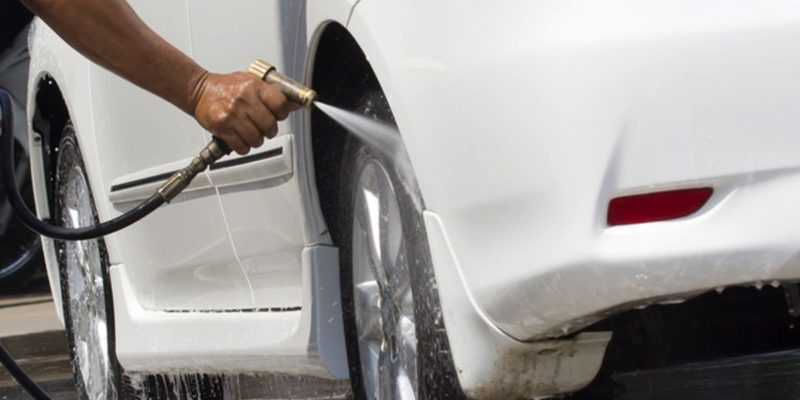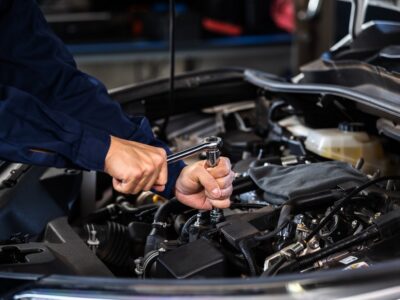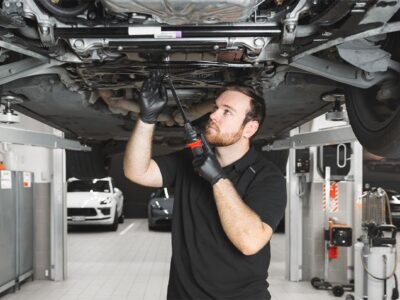Flat tires are almost as likely to happen if you spend a lot of time in your car. In areas of high construction and warmer climates, flat tires are more likely to happen. It is essential to understand what to do before an unavoidable and often frustrating event happens. To make sure your car is properly equipped and has a working spare, we recommend performing a maintenance check regularly. These are the steps you can take to fix a flat tire yourself if you’re feeling brave.
Examine the tire for punctures to locate the leak.
This is an important step in determining the cause of the problem and finding the area where the tire is losing its air. Begin by gently running your finger along the tires outside to find the foreign object. But be careful not to hurt yourself. You can also use soap and water to find the leak by pouring it on the tire. Once the tire is covered, inspect it for bubbles. This will reveal the exact location of the leak.
Purchase the right tools to repair the damaged tire.
These are the requirements:
- Pliers
- Carjack
- Lug wrench (tire iron).
- Tire plug kit
- Chalk
The lug nuts should be removed from the tire that is damaged.
Next, remove the lug nuts from the damaged tire. Before you lift the vehicle using a hydraulic lift or jack, it is crucial to do this. They should not be removed completely, but only a quarter turn. After the vehicle has been properly lifted, you will be able to take them off much more easily.
You can lift the vehicle using a jack, or hydraulic lift.
You will need to lift the vehicle using a hydraulic lift or jack so that the tire can be removed. This is an important step in the process. It is vital to pay attention. You must ensure that the car is placed on a flat and even surface. To stop the car from rolling, place bricks behind and in front of other wheels. Make sure you refer to your vehicle manual for the best points on which to place the jack. Once the car has been lifted to its maximum height, take off the lug nuts and the tire that is damaged.
The rasp tool can be used to clean up the area.
The tire plug kit includes a rasp tool that can be used to clean any damaged areas. The tool can be quickly inserted into and out of the hole. This process is used to smoothen the area and ensure that the plug remains in place.
Insert the plug into the tool.
Before you can plug the tire with the plug material, you need to use the insertion tool included in the kit. This can be a complicated process so be sure to read the instructions.
Put the plug into the hole in the tire that is damaged.
To force the plug into a damaged tire’s hole, use the insertion instrument. This can take a lot of strength and force. After the plug is properly placed, it should leave about 1/2 inch of the plug out of each hole. Add liquid adhesive to the plug before you use it. This will help prevent leaks and act as a lubricant.
Take out any excess plug material.
You can remove the plug material with a knife, scissors, or box cutter. After the process is completed, it will be easy to drive. As an extra precaution, you can also apply additional adhesive to the outer edges of the patched area.
You can add air to your newly repaired tire.
Once the adhesive or sealant has dried, it is time to add air. An air compressor is recommended. Also, a tire gauge can be used to verify that the tire is at the recommended PSI. You can find the label on the driver’s door jamb that indicates the recommended air pressure.
To check for additional leaks, inspect the newly repaired tire.
The lug wrench can be used to fix the tire.
Reattach the tire by working backward. Slide the wheel back onto its base and attach the lug nuts. Make sure the vehicle is not lifted above the wheels. After you have reattached the wheel, lower your vehicle slowly and take out the jack. After the vehicle has been lowered and the weight has been restored to the wheel, you will need to tighten the bolts using the lug wrench.
All of our new driver courses include this information from Pass First Go. We recognize the importance of providing the next generation of drivers with all the information they need to be safe and make good decisions.








Comments